5 Reasons Why Contingent Workforce Makes The Best Of Tough Economies
In today’s rapidly changing economy, businesses are increasingly turning to contingent workforce models to stay competitive and manage costs effectively. As economic uncertainties rise, contingent labor offers flexibility, allowing companies to adjust quickly to market demands.
As per the latest research data by ADP by 2050, freelancers and contingent workers are projected to comprise 50% of the U.S. workforce. Research Dive claims the global contingent workforce management market is about to reach a revenue of $465,192.9 billion by 2031, growing at a CAGR of 10.5% by 2031.
The growing reliance on contingent workers highlights their strategic value in tough economies. In this blog, we will take you through the top reasons why leveraging a contingent workforce can be a game-changer during economic challenges.
1. No More Skill Shortage
Tough economies are often faced with skill shortages as they are unable to access skilled professionals locally. Contingent workforce comes as the perfect solution to skill shortage. Organizations looking for specific skills can carefully pick professionals with those skills and pay for the same. For instance, when a permanent employee goes on parental leave, such a skill gap can be effectively filled by engaging a temporary worker with the same skill set. In the process of working together, employers also have the advantage of discovering skills in contingent workers that were unknown to them.2. Flexible Working Opportunities
The changing trends in the process of employment welfare have crept into the IT sector, where the greatest reliance on a contingent workforce is reshaping the way talent is managed. They engage specialized skills on a contract basis so that organizations can focus on using just the precise expertise needed at the point without having long-term commitments. This on-demand talent model comes with so many advantages in terms of enabling agility and cost-effectiveness.
Organizations can now reposition themselves to accommodate faster responses to market demands while optimizing time and resources. They can now scale up or down regarding their workforce according to the new needs and business outcomes, all while saving time and money. This flexibility will keep companies able and responsive to change and keep them on the cutting edge of the ever-changing IT landscape.
3. Cost-effective Hiring
Any business grows to its best ability when it is run cost-effectively. When cost-effectiveness is a priority in a business, hiring a contingent workforce becomes a crucial strategy. In this type of hiring, organizations can avoid spending approximately 40 days acquiring the required talent.
Contingent hiring eliminates costs that an organization has to bear while onboarding and during the tenure of employment. Temporary workers are hired quickly with less red tape. Interestingly, it does not just cut costs while hiring but controls organizations to continue expenditures beyond requirements. The collective outcome of all the above-mentioned benefits is that organizations can expand their scope of services without spending more. They can take up more projects while maintaining low labor costs.
4. Less Dependence On The Employer
Tough economies make it harder for business owners to meet additional costs that come with hiring skilled IT professionals. Payment is made for the services rendered and cost incurred in providing benefits and more pieces of equipment and employing provision maintenance. Undoubtedly, hire a contingent workforce and make expensive savings. It pertains to self-managing a worker for an assignment. A contingent worker would manage his own tools and software, and travel or meals in most cases. Processing costs are significantly reduced since the firm incurs overheads primarily from projects or assignments rather than continuing employee expenses.5. New Perspectives and Efficient Workload Management
It is a common experience in organizations that employees working with them for long periods have a stagnant approach to obstacles in workflow. Contract workers bring with them a different perspective that might help overcome obstacles sooner. They bring experiences from similar problems faced in different organizations. They may bring solutions that have never been thought of by the management or by the permanent employees. Apart from this, efficient contingent workforce management helps organizations distribute workload in a better way. Hiring contingent workers, for specific projects and limited periods, is a good method to ensure that no employee (whether permanent or contractor) is overworked.Wrapping Up
A contingent workforce is no longer a nice-to-have factor for organizations. It is a way of working in today’s world. Many organizations have identified the benefit of collaborating with a contingent workforce and are growing to newer heights.
With Antra, we take pride in bridging the gap with dependable and expert solutions such as customized workforce strategies, technology integration as well as compliance support to ensure businesses build a resilient workforce
Ready to transform your workforce strategy? Partner with us today to build a flexible, future-proof workforce that drives success. Contact us now!
Frequently Asked Questions
1. What are the advantages of a contingent workforce?
A temp staffing supplier can source a company’s temporary needs at lower costs in the very provision of those temporary workers. It also saves on benefit costs because contingent workers do not typically have employee benefits such as full-time employees.
2. What are the disadvantages of being a contingent worker?
While contingent workers enjoy flexibility, they often face job insecurity, as their roles are typically short-term or project-based. They may also lack benefits such as health insurance, retirement plans, and paid leave, which are often provided to full-time employees.
Additionally, contingent workers might experience a lack of career advancement opportunities or feel disconnected from the company culture due to their temporary status.
3. Who are contingency workers and why can they become a valuable asset to the organization?
In human resource terms, a contingent worker is that unpaid employee who has no permanent status with the organization. They may be appointed for a project, a definite period, or work as per the requirement. Contingent workers can be freelancers, consultants, temporary contractors, or part-timers.
Contact Antra today to transform your hiring strategy with the power of AI.

